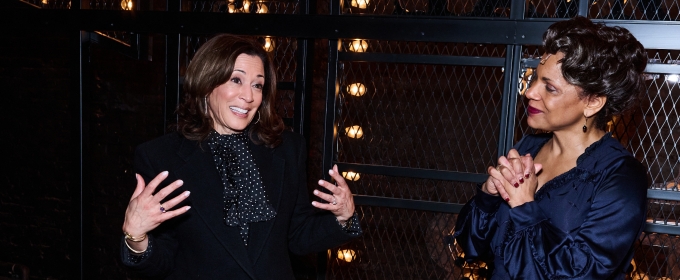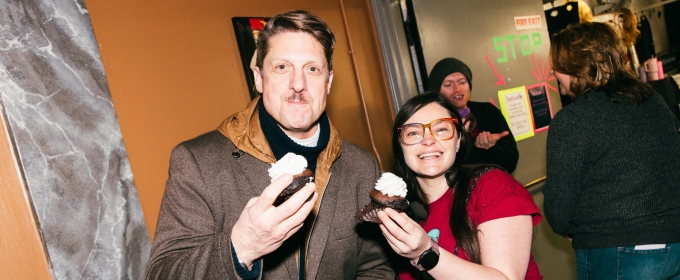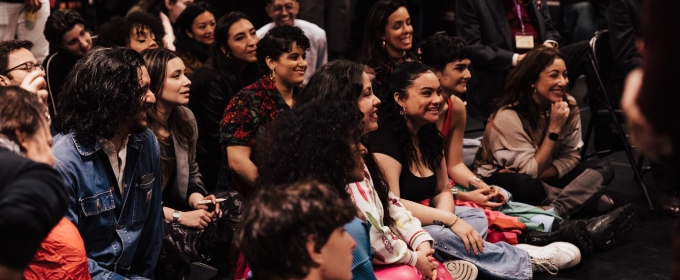Trending Stories
Recommended for You
Cynthia Erivo Will Star as Jesus in JESUS CHRIST SUPERSTAR at the Hollywood Bowl
Further casting is to be announced at a later date.
COAL MINER'S DAUGHTER Musical In the Works, Starring Sutton Foster
Tony winners Sam Gold and Jeanine Tesori are developing the new musical.
Broadway Grosses: Week Ending 2/16/25 -WICKED Continues to Lead Top Grossing Shows
Long-running Broadway shows Hamilton and The Lion King continue to lead the highest grossing shows.
Cynthia Erivo Will Host the 2025 Tony Awards
The 78th Annual Tony Awards will take place on June 8, 2025.
Ticket Central
Industry
West End

Review: TRASH!,Peacock Theatre
If ever a show was deserving of an exclamation mark, it is this crash-bang-bang-bang-wallop of a show
If ever a show was deserving of an exclamation mark, it is this crash-bang-bang-bang-wallop of a show
New York City

Photos: LOS SOLES TRUNCOS At Repertorio Español
The show officially opens on Friday, February 21, at Repertorio Español, running throughout the year.
The show officially opens on Friday, February 21, at Repertorio Español, running throughout the year.
United States
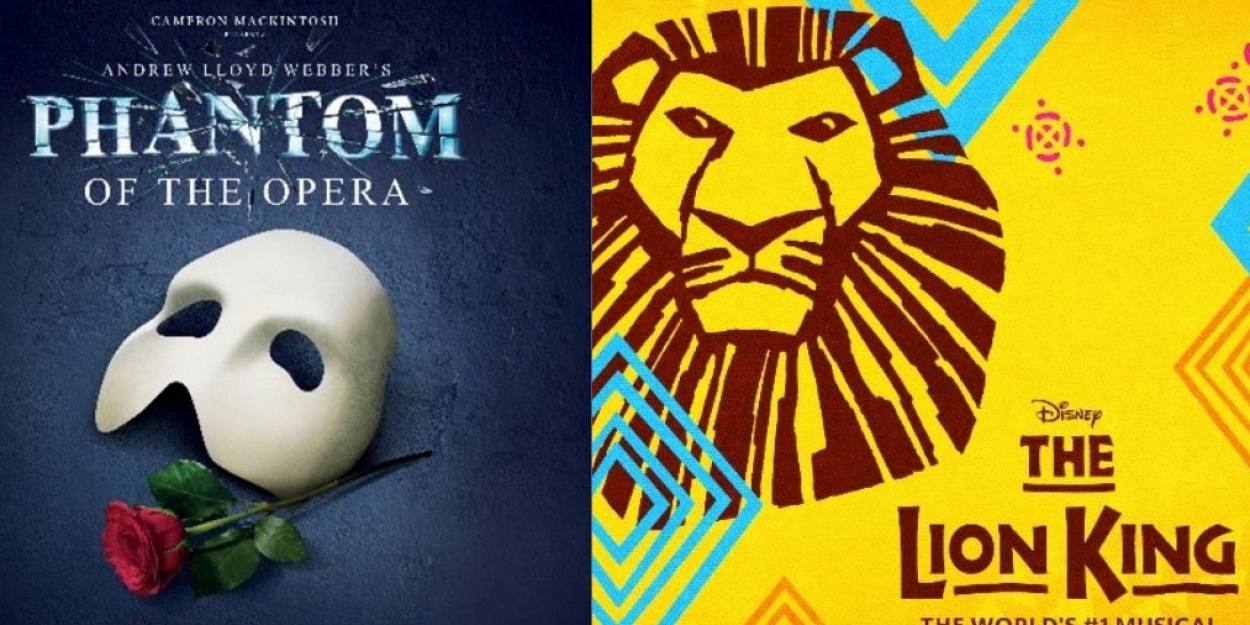
PHANTOM, HAMILTON, and THE LION KING Announced As Broadway In Detroit Season Extras
Individual tickets and group sales for these productions will go on sale at a future date.
Individual tickets and group sales for these productions will go on sale at a future date.
International

Review: NEXT TO NORMAL Breaks Your Heart Into Pieces
‘Next To Normal’ closes at the Power Mac Center Spotlight, Circuit Makati, this weekend.
‘Next To Normal’ closes at the Power Mac Center Spotlight, Circuit Makati, this weekend.












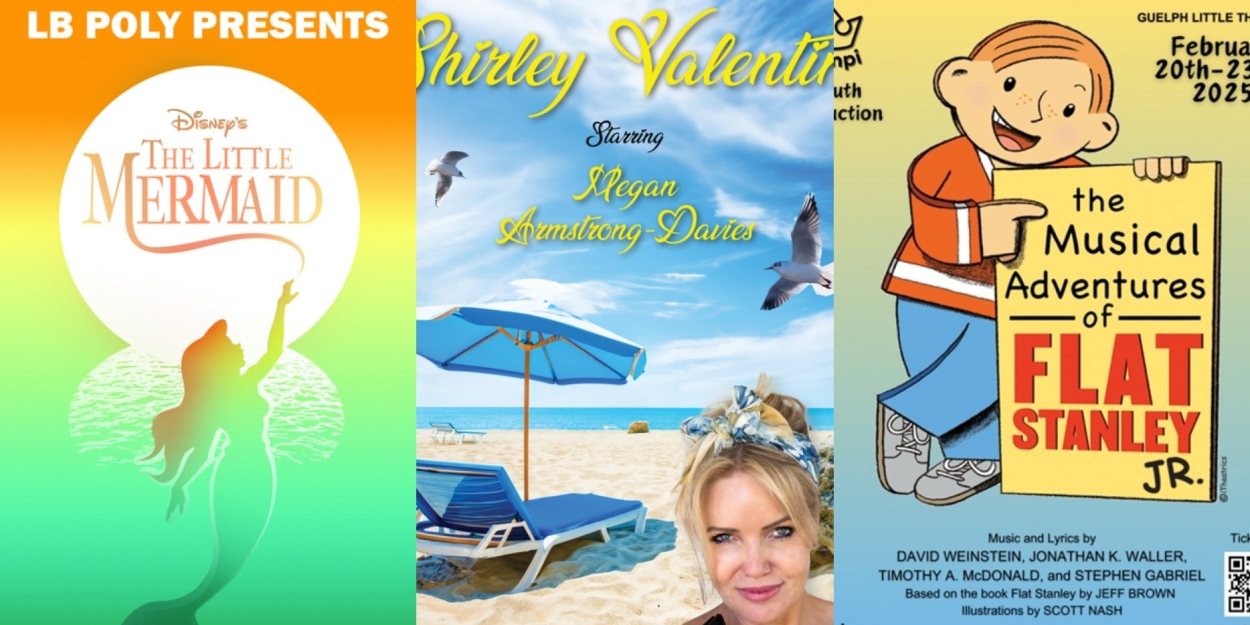





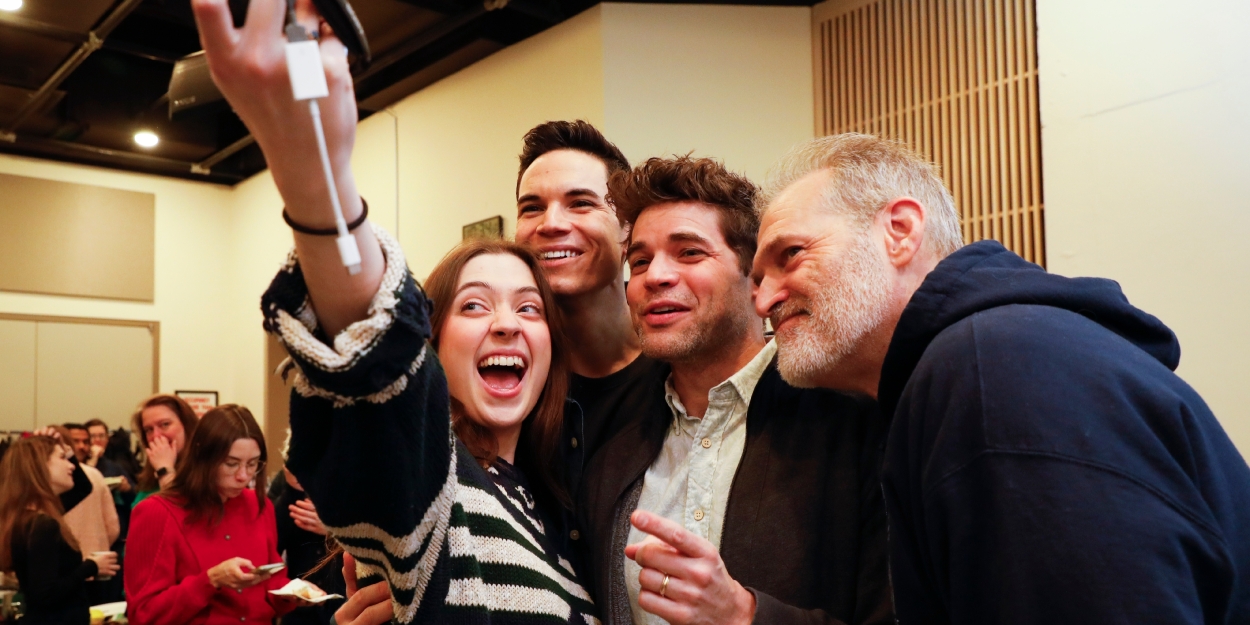


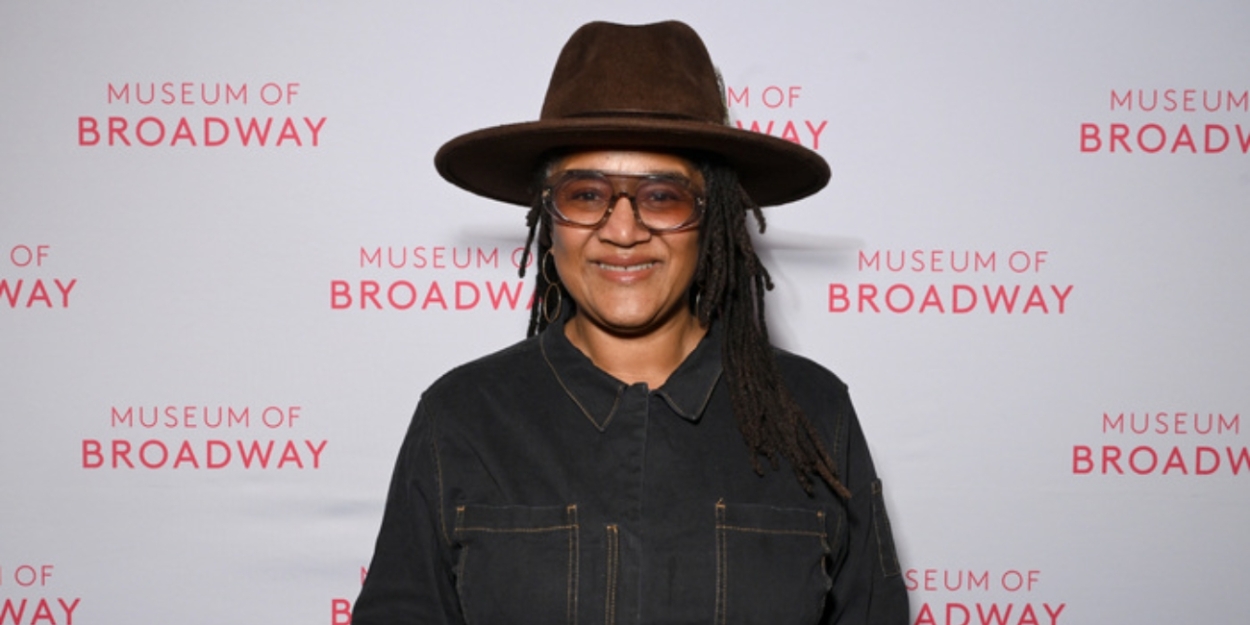
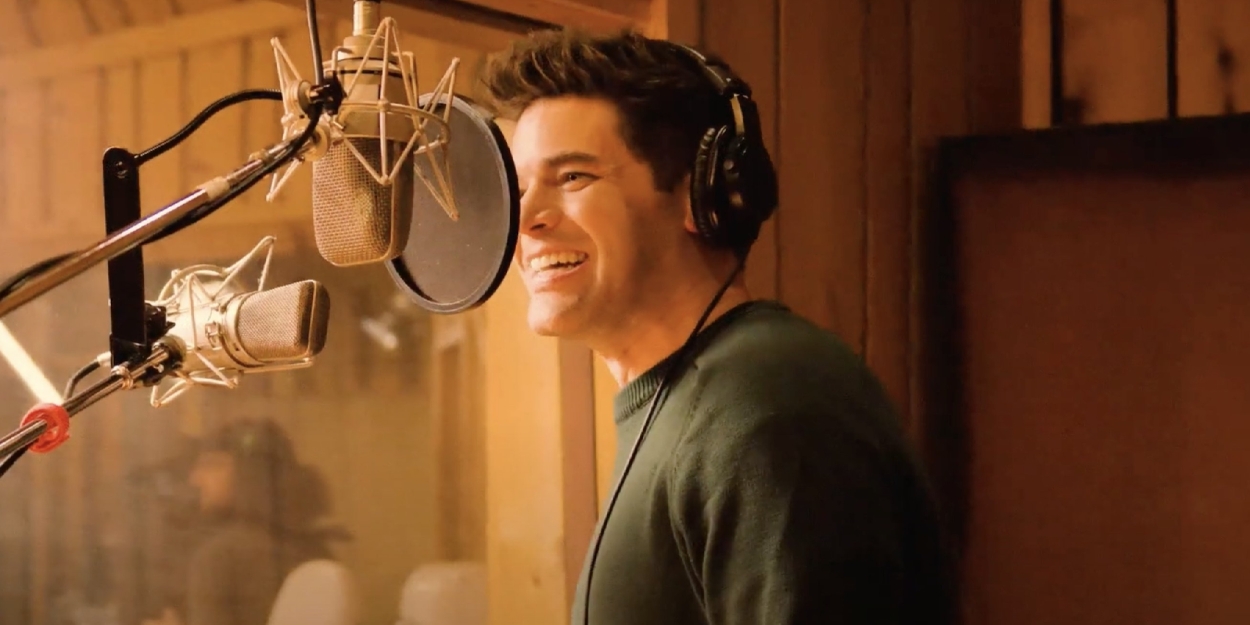



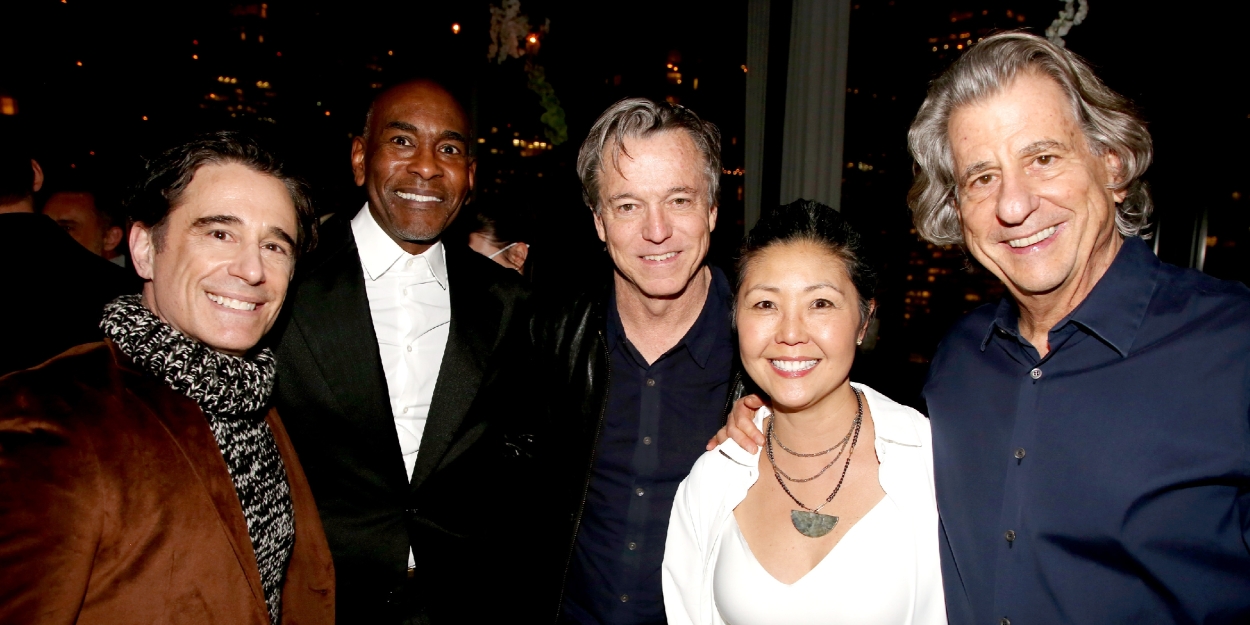


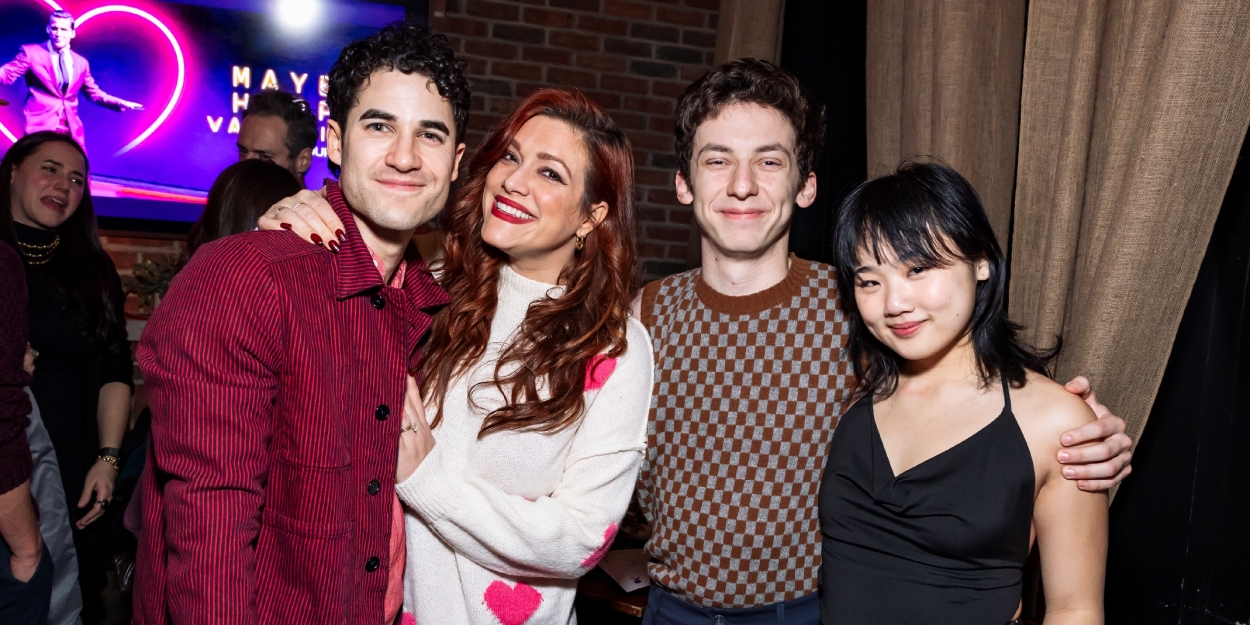


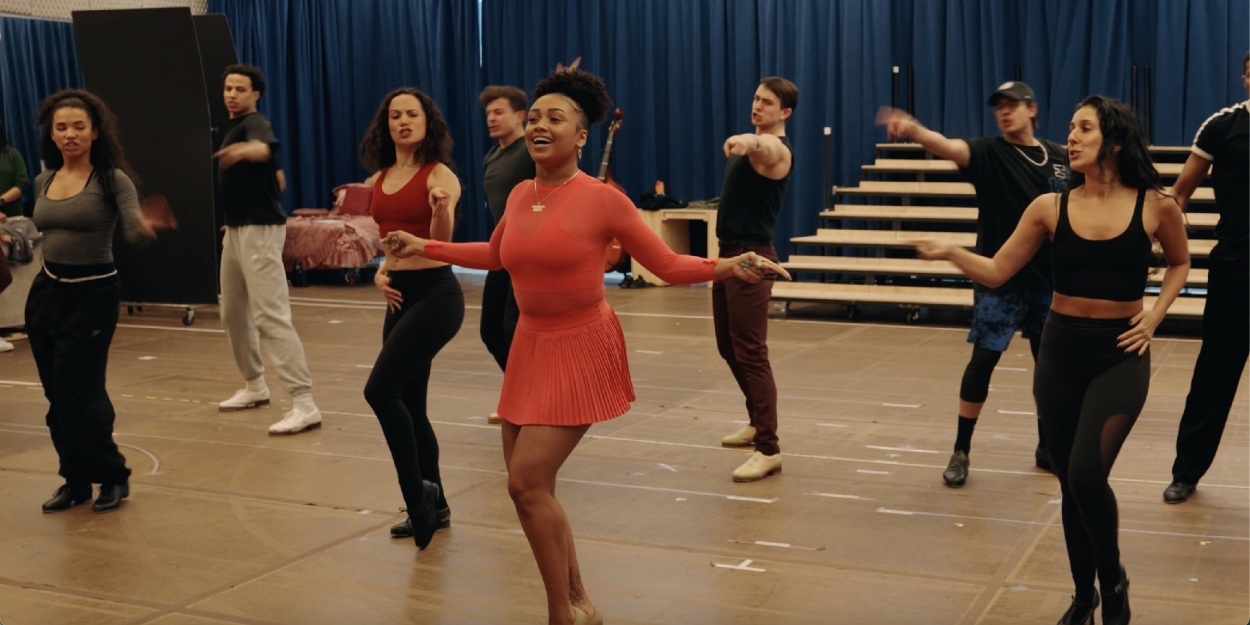


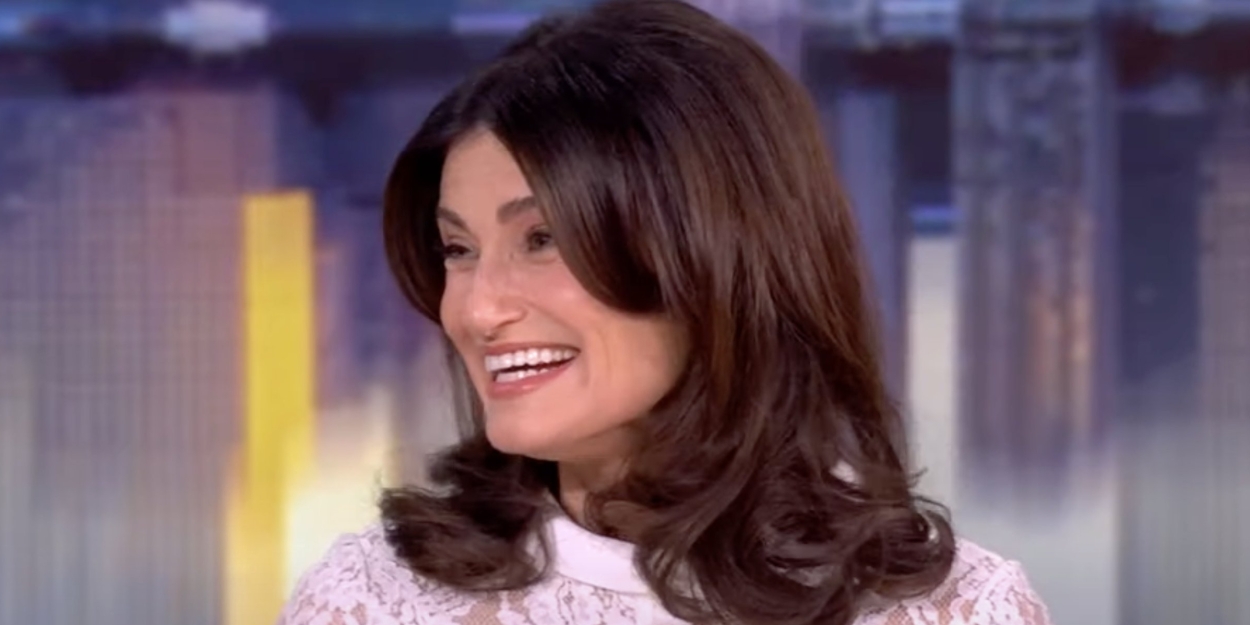
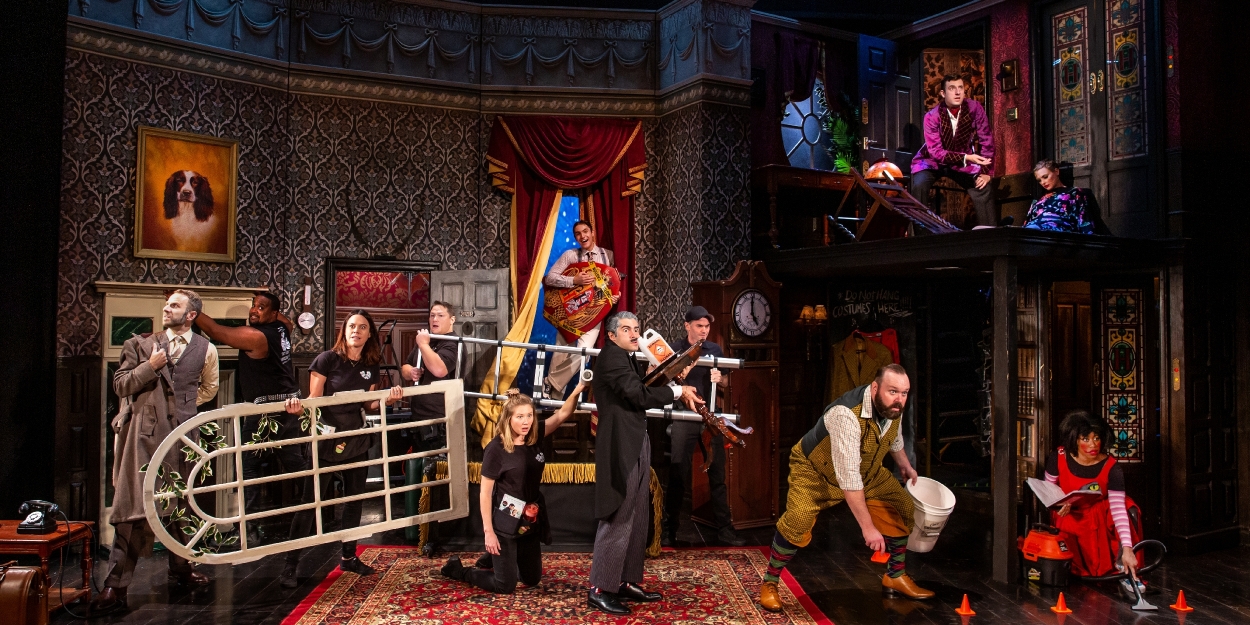

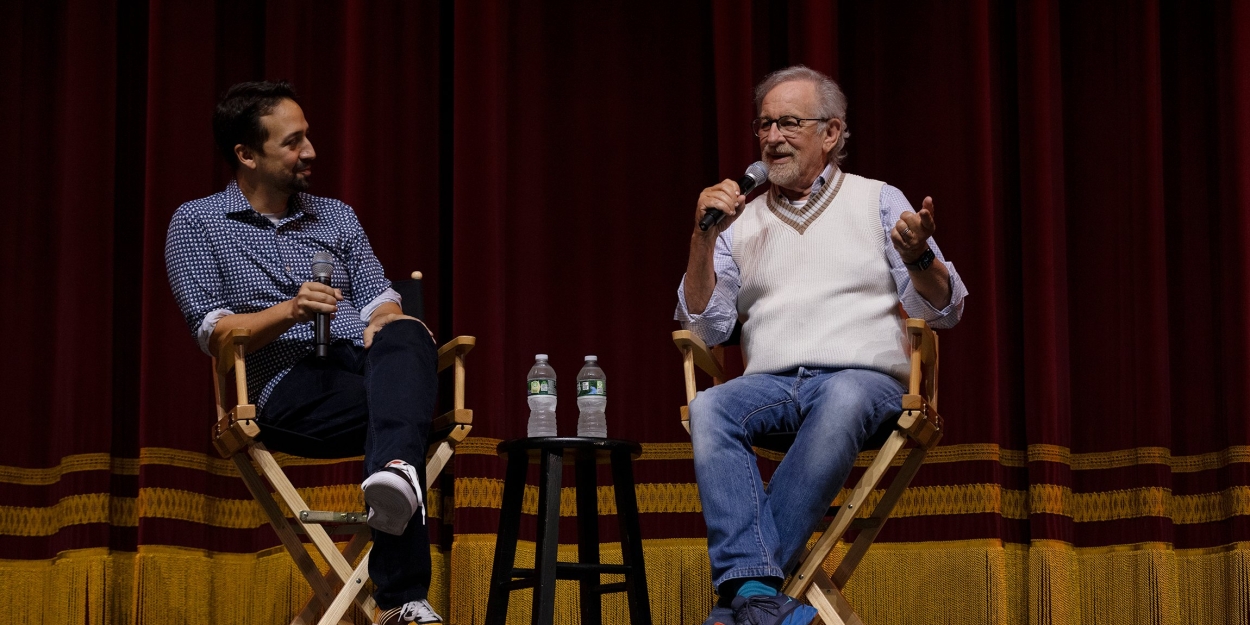






.jpg)

















